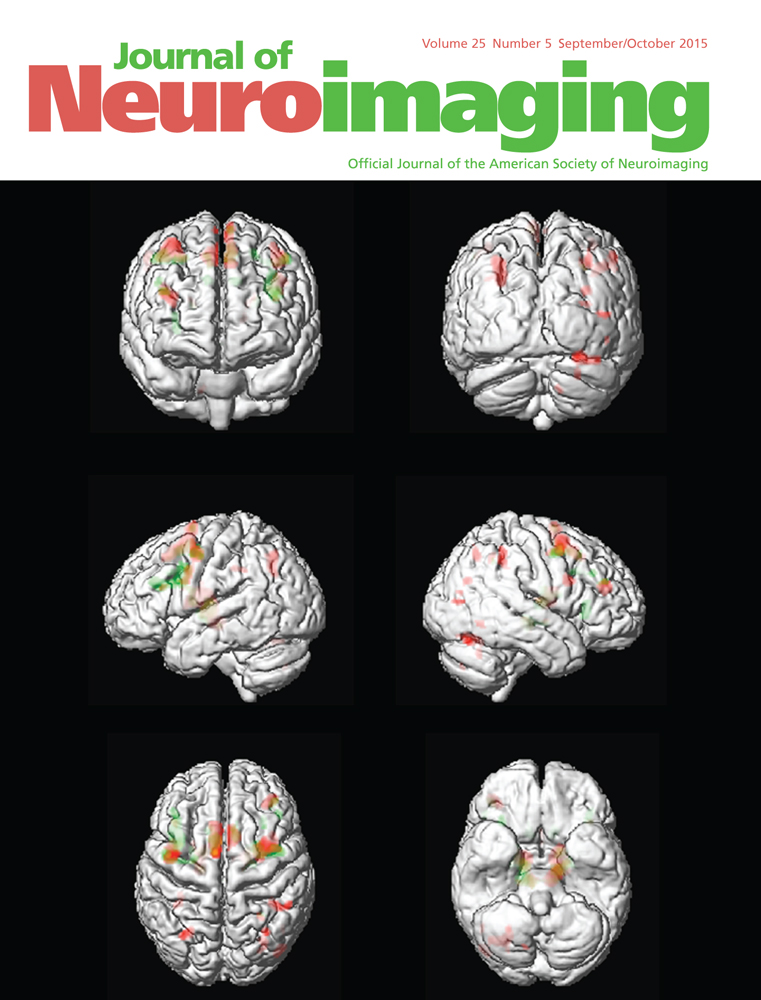The Uncinate Fasciculus as a Predictor of Conversion from Amnestic Mild Cognitive Impairment to Alzheimer Disease
ABSTRACT
BACKGROUND AND PURPOSE
Amnestic mild cognitive impairment (aMCI) is associated with the risk of Alzheimer's disease (AD). Although diffusion tensor imaging (DTI)-based fractional anisotropy (FA) analyses have been used to evaluate white matter changes in patients with AD, it remains unknown how FA values change during the conversion of aMCI to AD. This study aimed to elucidate the prediction of conversion to AD and cognitive decline by FA values in uncinate fasciculus (UF) in aMCI patients.
METHODS
Twenty-two aMCI patients were evaluated for their UF FA values by a tractography-based method with DTI and cognitive performance by neuropsychological testing at baseline and after a 3-year follow-up. Patients were divided into 2 groups after 3 years: 14 aMCI-stable (aMCI-aMCI) and 8 AD-conversion (aMCI-AD).
RESULTS
At baseline, FA values in the right UF were significantly lower in the aMCI-AD group than in the aMCI-aMCI group. These values also showed significant correlations with the neuropsychological scores after a 3-year follow-up. The area under the curve of the receiver operation characteristic curves for predicting conversion to AD was .813.
CONCLUSION
These results suggested that FA values in the right UF might be an effective predictor of conversion of aMCI to AD.




